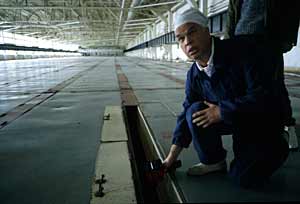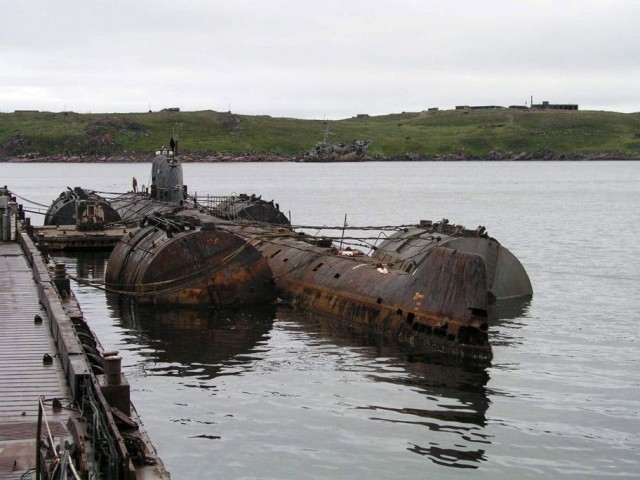
Norway’s environmental prosecutor fines Equinor a record amount following Bellona complaint
Økokrim, Norway’s authority for investigating and prosecuting economic and environmental crime, has imposed a record fine on Equinor following a comp...
News

Publish date: March 8, 2000
Written by: Thomas Nilsen
News
The operating pool-storage for spent nuclear fuel from VVER-1000 power plant reactors in Zheleznogorsk will be filled to its capacity of 6000 tons by 2005. This facility is the only centralised storage for this type of fuel in Russia. In addition, a smaller intermediate storage for spent fuel from VVER-440 and naval reactors is located at the RT-1 reprocessing plant, or Mayak plant. Spent fuel from RBMK-type reactors is stored on-site at the various nuclear power plants operating such reactors. Most of these on-site storage facilities are filled to capacity and urgent measures to create extra space are needed. Totally, 40,000 spent fuel assemblies have been accumulated as a result of the operation of Russia’s seven RBMK reactors.
Russian Nuclear Ministry (Minatom) officials say the first part of the proposed new dry storage at Zheleznogorsk could be ready by 2005. The technology planned for the dry storage is currently in the research and development phase. So far, Russian storage technology for spent nuclear fuel has been oriented towards water pool storage, like the existing one in Zheleznogorsk and on-site storage facilities at the nine operating nuclear power plants. The water pool storage method has been more preferable because it makes it easier to move spent fuel in and out of the storage in order to reprocess it after a few years.
Minatom’s proposal to create a long-term storage marks the first step towards the end of the earlier Russian agenda that assumed that all spent fuel from pressured water reactors were to be reprocessed. The only operating reprocessing plant for civilian reactors at the Mayak plant is old and lacks needed technology to take care of the radioactive waste. Its capacity is also limited to 10 metric tons a year.
The proposal filed by Minatom is based on a study, which indicates that a new dry-storage is both technically and economically favourable compared to expanding the existing wet-storage technology. More over, the capital cost of operating a dry storage is far less than the expenses for the wet-storage option.

Økokrim, Norway’s authority for investigating and prosecuting economic and environmental crime, has imposed a record fine on Equinor following a comp...

Our op-ed originally appeared in The Moscow Times. For more than three decades, Russia has been burdened with the remains of the Soviet ...

The United Nation’s COP30 global climate negotiations in Belém, Brazil ended this weekend with a watered-down resolution that failed to halt deforest...

For more than a week now — beginning September 23 — the Zaporizhzhia Nuclear Power Plant (ZNPP) has remained disconnected from Ukraine’s national pow...